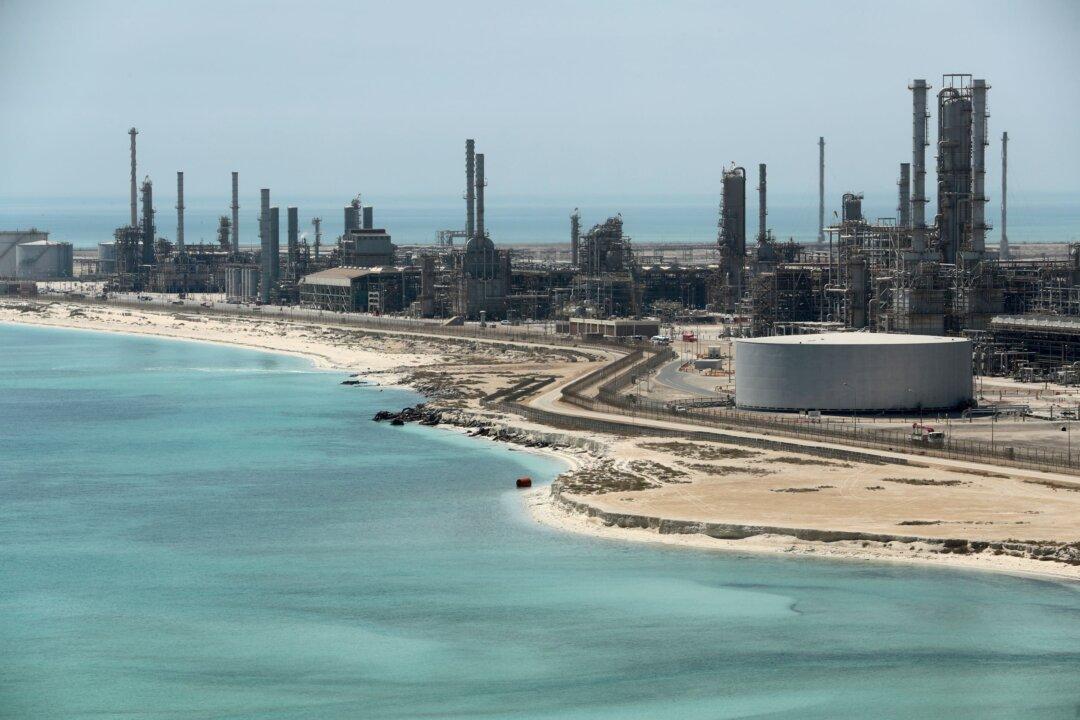The Kingdom of Saudi Arabia cut oil prices for clients in Asia and Europe amid sluggish demand and a downturn in the world economy.
Oil prices had its worst start to a year in over three decades, after tumbling by 9 percent in two days.

The Kingdom of Saudi Arabia cut oil prices for clients in Asia and Europe amid sluggish demand and a downturn in the world economy.
Oil prices had its worst start to a year in over three decades, after tumbling by 9 percent in two days.